

If you are looking into starting a blog, then it’s likely that you have something to say, an opinion to give or something to push. Game reviewers want to share their opinion, industry professionals want to discuss the topic and game developers want to generate interest and build up their brand. Whatever your agenda, here are some important considerations:
Do It For You
First and foremost, do it for yourself. Write about topics you are interested in as you will need to produce A LOT of content before you grow your audience, as well as gain the attention of any brands or marketing companies. Writing about things you enjoy and are passionate about is much easier than tackling obscure topics you are unfamiliar with and might find boring.
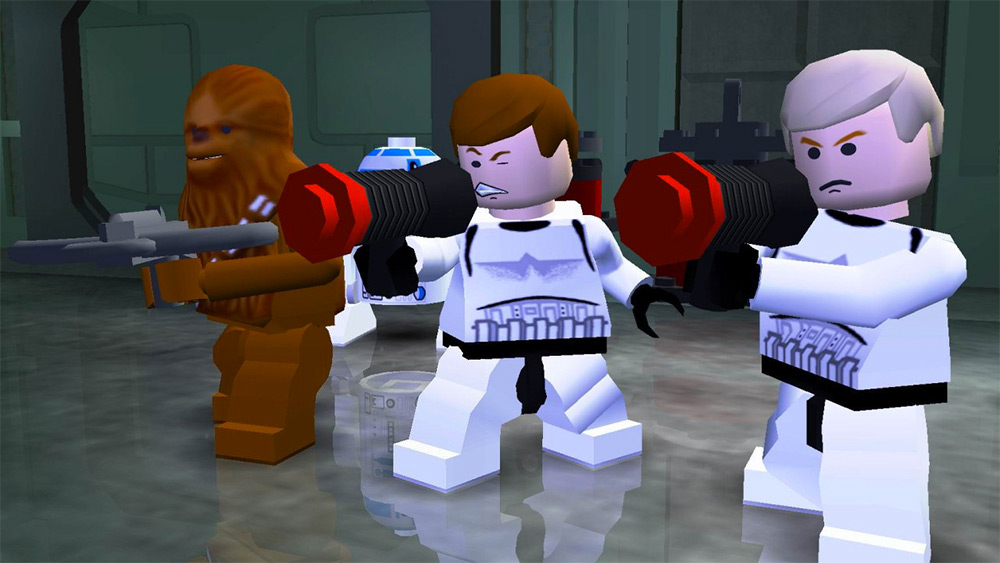
Try To Specialise (a little)
Later down the line, write for your audience. Whilst this may sound like it contradicts the first point, it means writing for your audience whilst staying within your passion. One of the reasons a lot of bloggers struggle to publish content regularly is because they haven’t taken the time to identify their audience. I’ve made this mistake with several blogs and know the frustrating feeling all too well. My gaming blog mixes children’s games with sexy game characters, which makes it hard to readers to know where I sit when it comes to content. After realising that my Xbox One content was more popular than my Mac gaming, I shifted my focused to appeal to my audience.
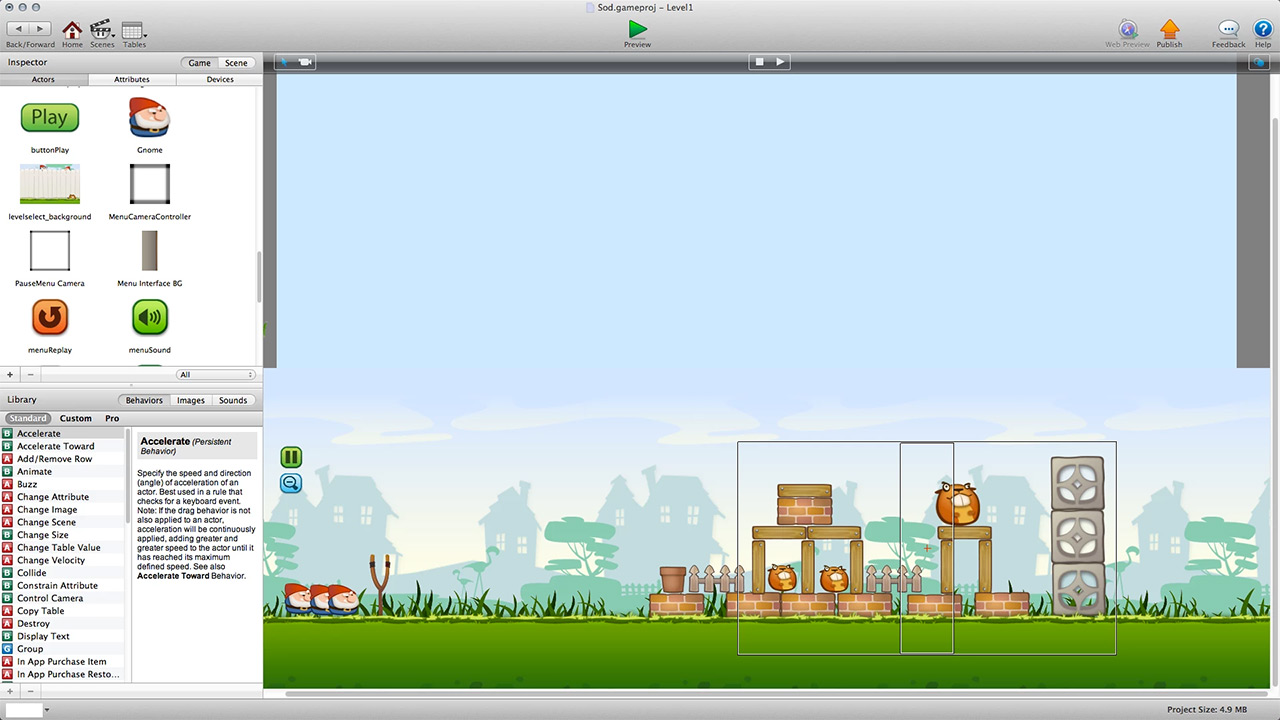
Understand Your Audience
Once you have defined who you are writing for, its useful to research what they like, who they identify with, interests and hobbies they enjoy and the kind of content they might enjoy. Artists may want step-by-step instructions, certain gamers might want content on specific games or genres and developers might want simple guide articles for use on the go. Creativity loves constraints, so by identifying your audience and writing just for them, your blog will start to look focused and professional.
Over 400 Words
Whilst you should mix long and short form posts depending on the article, for search engines to properly index your content you should aim for 400 words or more. Less than that and you run the risk of Google bypassing your post on the grounds that it is ‘light content’. Similarly, I would recommend that you ‘go deep and not wide’. Having detailed content about a specific topic is sometimes more useful than having a light overview of lots of topics.

Images
When adding images to your blog posts be sure to add names, descriptions and alt tags as these count towards your keyword density and help you appear in Google images. Most video game studios have a press page that has an array of game images and videos that they prefer you to use. If you do not have a suitable image (such as one on game blogging) you can check for royalty free images on Flickr (but most require a credit link) or use allthefreestock.com, pexels.com or Unsplash.com as they list lots of places where you can get free photography. If you have some art software skills, I would also recommend adding one image with text on for social media. When you or others share you post it has an image with more text on your draw people in. For those with no art skills try Canva.com
Proof Your Work
This is one that I am terrible at. I tend to write and then post immediately and my articles are full of problems. Thankfully, when producing videos I am forced to read out my articles. This highlights many of the errors, so I can correct them in the written post. Try and re-read what you have written (aloud helps), or ask a friend to look at it before you post. This way your work will be easier to read and people will come back for more. If the idea of going back to previous posts to check for errors sounds daunting, use Google Analytics to see a list of your most popular posts and start there. See Part 4: Review and Renew.
Frequency
If you want to build an audience then the frequency is key. No one will check back if you post erratically. By staying consistent then your audience know when to expect the next instalment even if it’s a monthly post. It also helps you plan a content calendar and brainstorm ideas for the future. Similarly, if you are suddenly hit with inspiration and knock out four articles in an afternoon, try and hold some back in order to cover times when you can’t post on a schedule. Whether it’s daily, weekly or monthly, consistency is good for you, good for your readers and good for Google.
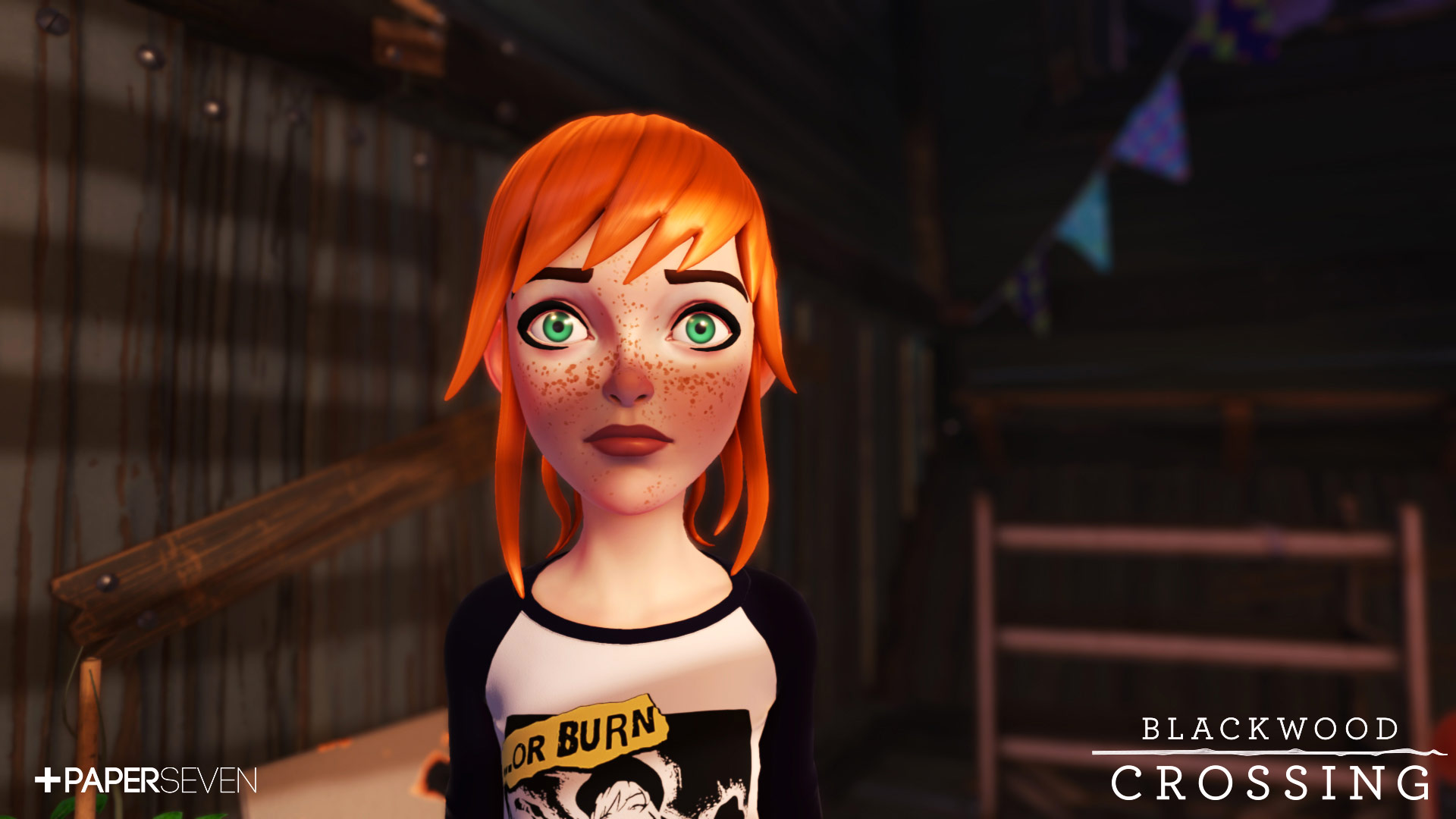
Takeaways:
Content
- Do it for you, first and foremost
- Try to specialise (a little)
- Understand your audience
- Alt tag your images
- create images with titles (for social media)
- Over 400 words (but mix long and short posts)
- Proof your work
Frequency
- Scheduling
- Hold some back
- Be consistent
So now you have started producing lots of lovely content on your website it’s time to share it.
Tune in for Part 3: Sharing Your Content
or
Take me back to Part 1: The Set up


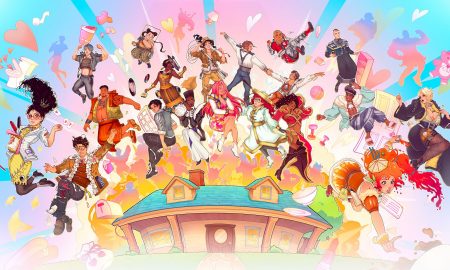











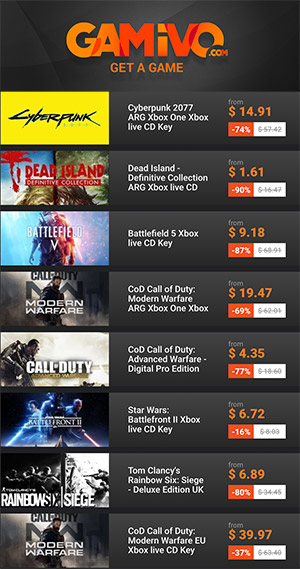


















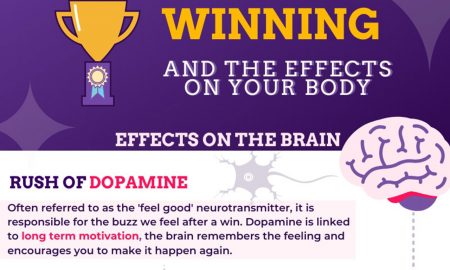

You must be logged in to post a comment Login